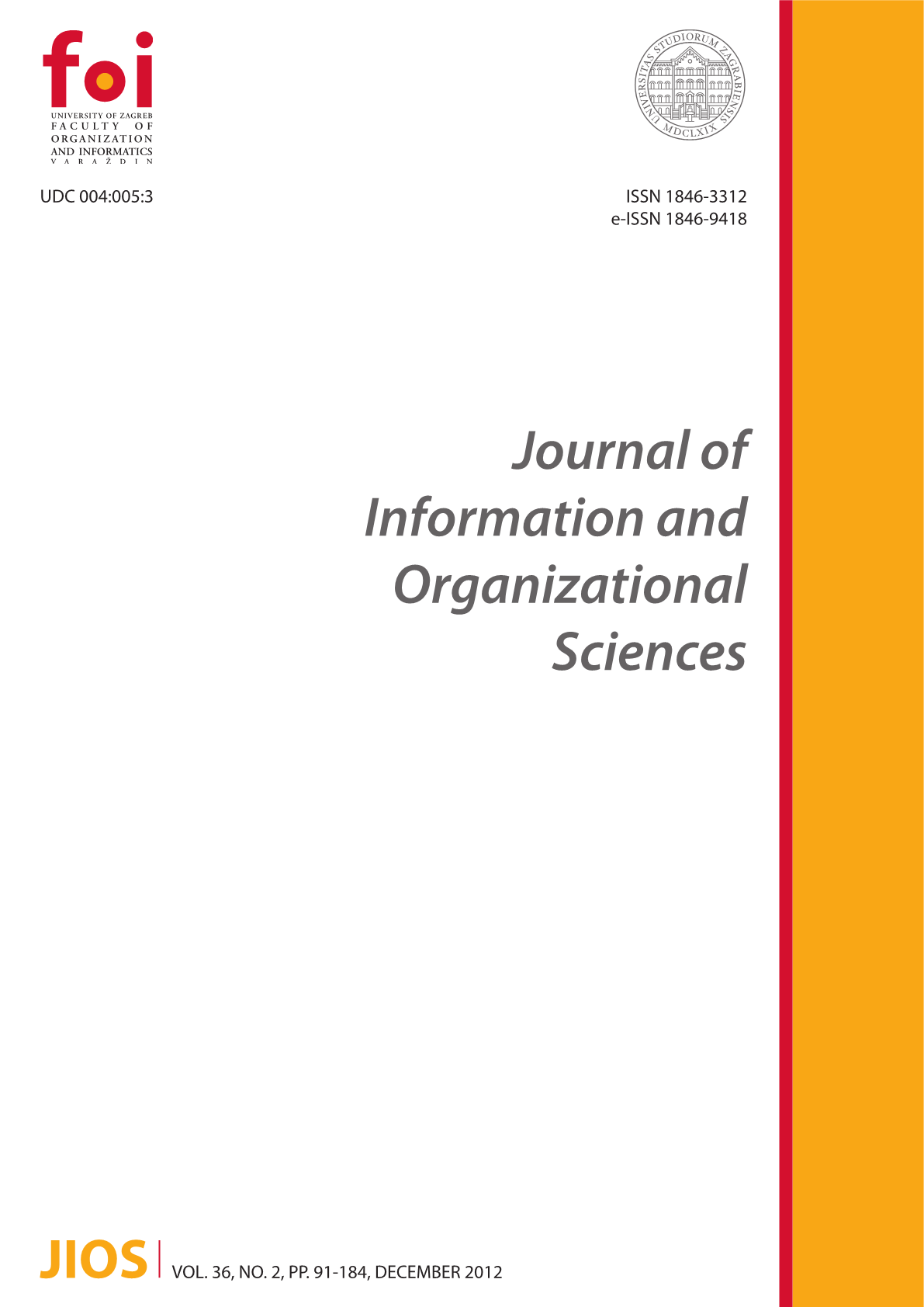Planning and Optimization of AGV Jobs by Petri Net and Genetic Algorithm
Planning and Optimization of AGV Jobs by Petri Net and Genetic Algorithm
Author(s): Anita Gudelj, Danko Kezić, Stjepan VidačićSubject(s): ICT Information and Communications Technologies
Published by: Fakultet organizacije i informatike, Sveučilište u Zagrebu
Keywords: container terminal; AGV job scheduling; Petri net; genetic algorithm; deadlock avoidance; optimization;
Summary/Abstract: The following article presents the possibilities of job optimization on a maritime container terminal, in order to increase the system productivity and optimize the terminal capacity. Automated guided vehicles (AGVs) are now becoming popular means of container transport in seaport terminals. The motion of vehicles can be described as the set of discrete events and states. Some of these states can be undesirable such as conflicts and deadlocks. It is necessary to apply adequate control policy to avoid deadlocks and block the vehicles’ motion only in the case of dangerous situation.This paper addresses the use a Petri net as modeling and scheduling tool in this context. The aim of AGV scheduling is to dispatch a set of AGVs to improve the productivity of a system and reduce delay in a batch of pickup/drop-off jobs under certain constraints such as deadlines, priority, etc. The final goals are related to optimization of processing time and minimization of the number of AGVs involved while maintaining the system throughput. To find better solutions, the authors propose the integration of MRF1 class of Petri nets (MRF1PN) with a genetic algorithm. Also, the use of a matrix based formal method is proposed to analyze discrete event dynamic system (DEDS). The algorithm is described to deal with multi-project, multi-constrained scheduling problem with shared resources. The developed model was tested and validated by simulation of typical scenarios of the container terminal of Port Koper. Modularity and simplicity of the approach allow using the model to monitor and test the efficiency of the processes, and also to propose future alternative solutions to optimize the schedule of operations and the employment of AGV at the terminal.
Journal: Journal of Information and Organizational Sciences
- Issue Year: 36/2012
- Issue No: 2
- Page Range: 99-122
- Page Count: 24
- Language: English

